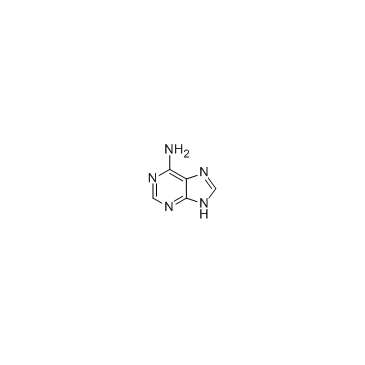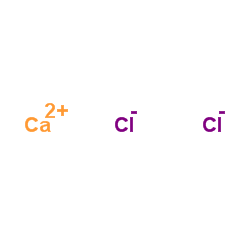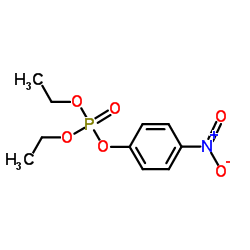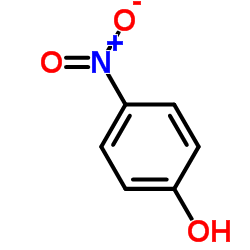| Structure | Name/CAS No. | Articles |
|---|---|---|
 |
Acetonitrile
CAS:75-05-8 |
|
 |
Methanol
CAS:67-56-1 |
|
 |
Adenine
CAS:73-24-5 |
|
 |
Calcium chloride
CAS:10043-52-4 |
|
 |
PARAOXON
CAS:311-45-5 |
|
 |
calcium chloride dihydrate
CAS:10035-04-8 |
|
 |
4-Nitrophenol
CAS:100-02-7 |